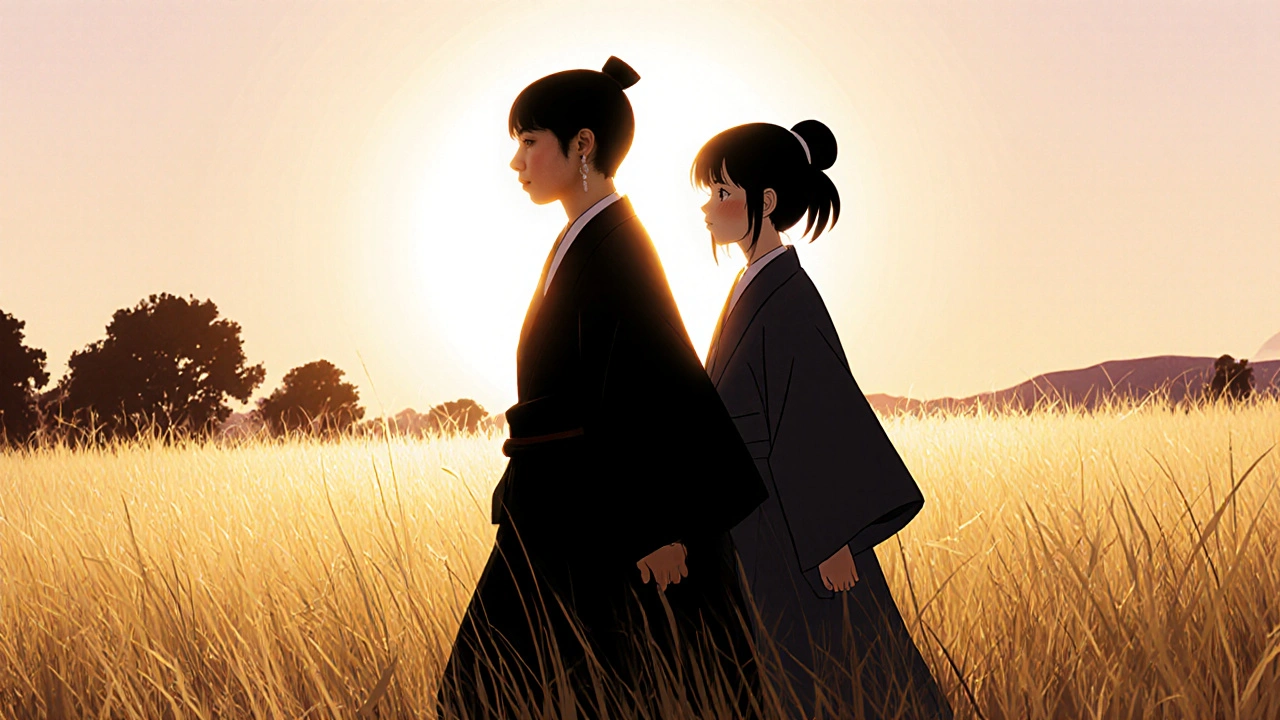Demon Slayer Infinity Castle: Anime Theatrical Events, Fandom, and Box Office Power
When Demon Slayer Infinity Castle, the record-breaking anime film that concluded the Mugen Train arc with cinematic scale and emotional weight hit theaters, it didn’t just open—it exploded. Fans lined up hours before showings, dressed as characters, screamed during key scenes, and returned for multiple viewings. This wasn’t just a movie release. It was a cultural event built on years of fan loyalty, precise timing, and the growing power of anime as a global box office force.
anime theatrical events, specialized cinema experiences where anime films are treated like blockbuster premieres have changed how audiences engage with animation. Unlike traditional animated films, which often target kids, anime like Demon Slayer Infinity Castle draws teens, adults, and lifelong fans into theaters for immersive screenings. These events use ScreenX, a multi-projection format that extends the image onto side walls for a 270-degree experience, 4DX motion seats, and even limited-edition merchandise to turn a viewing into a ritual. Studios know this: fans don’t just want to watch—they want to belong.
The numbers speak for themselves. Demon Slayer Infinity Castle became the highest-grossing anime film ever, earning over $500 million worldwide. It outperformed many live-action Hollywood blockbusters and proved that anime isn’t a niche—it’s a mainstream phenomenon. This success didn’t happen by accident. It was fueled by a tightly connected ecosystem: a popular TV series, a loyal fanbase that treats every episode like an event, and studios that understand how to build anticipation. The film’s release wasn’t just a marketing campaign—it was a celebration of a story millions had lived with for years.
What makes this different from other animated films? It’s the emotional investment. Fans didn’t just pay for tickets—they paid to be part of something bigger. They watched with strangers who became friends through shared tears and cheers. They bought posters, rewatched the series, and joined online communities to dissect every frame. This is the power of fandom anime, the organized, passionate, and highly active community of fans who drive the success of anime through word-of-mouth, fan art, and collective action. Studios now plan releases around fan calendars, holiday seasons, and even the anniversary of key episodes.
And it’s not slowing down. The success of Demon Slayer Infinity Castle has pushed other studios to treat their anime films like cinematic events, not just DVD releases. The line between TV anime and theatrical cinema is fading fast. What you’re seeing isn’t just a trend—it’s the new normal. The next big anime film won’t just be about story or animation quality. It’ll be about how well it connects with fans, how it’s presented in theaters, and how deeply it taps into the culture that made it possible.
Below, you’ll find real insights from creators, analysts, and fans who’ve watched this movement unfold—from how theaters are adapting to the demand, to why some anime films outearn Hollywood, and what this means for the future of animation. This isn’t just about one movie. It’s about how a genre became a global force.
8
Demon Slayer: Infinity Castle Review - Breaking Box Office Records
Demon Slayer: Infinity Castle shattered box office records as the highest-grossing anime film ever, blending stunning animation, emotional storytelling, and global fan passion into a cinematic phenomenon.
Latest Posts
Popular Posts
-
 Four Weddings and a Funeral Review: Why It’s Still the Gold Standard of ’90s Rom-Coms
Four Weddings and a Funeral Review: Why It’s Still the Gold Standard of ’90s Rom-Coms
-
 How to Find All Your Streaming Subscriptions and Stop Overpaying
How to Find All Your Streaming Subscriptions and Stop Overpaying
-
 Why Subtitles Aren't Working: Fix Common Video Text Issues
Why Subtitles Aren't Working: Fix Common Video Text Issues
-
 Paramount+ with Showtime vs. Peacock Premium vs. ESPN+: Which Sports Add-On Fits Your Viewing Habits?
Paramount+ with Showtime vs. Peacock Premium vs. ESPN+: Which Sports Add-On Fits Your Viewing Habits?
-
 How to Expand Storage on Fire TV with USB Drives and Manage Apps Better
How to Expand Storage on Fire TV with USB Drives and Manage Apps Better



